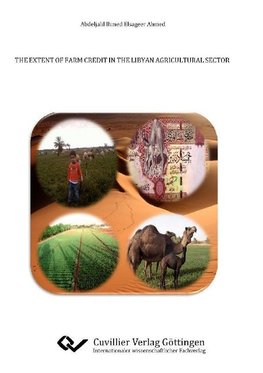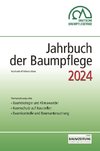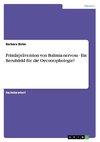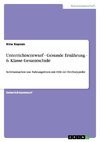
-
 Anglický jazyk
Anglický jazyk
The extent of farm credit in the Libyan agricultural sector
Autor: Abdeljalil Ahmed
Rural households in Libya are credit constrained, in terms of access and the amount of credit received. Formal banks are the main players in credit market. Despite 44 branches of agricultural banks distributed countrywide, these branches offer a limited... Viac o knihe
Na objednávku, dodanie 2-4 týždne
23.58 €
bežná cena: 26.20 €
O knihe
Rural households in Libya are credit constrained, in terms of access and the amount of credit received. Formal banks are the main players in credit market. Despite 44 branches of agricultural banks distributed countrywide, these branches offer a limited number of credit for different purposes every year. The shares of these branches in rural credit market are quite small: agricultural banks provide only 24 % of loans and the other banks, mainly the commercial banks, provide 76 % of loans. However, agricultural credits provided by agricultural banks offer the most favorable terms for those households that have a positive demand on agricultural credit. Households that have no access to agricultural credits on the other hand face the problem of paying a higher interest rate when applying for credit from non-agricultural banks. This study is an investigation on `the importance of large credits in Libyan rural-areas, and the main players in the rural-credit market¿. This study determines factors affecting access and credit applications in three different locations. In addition, the affect of households, land, and socio-economic characteristics are analyzed using econometric analysis based on primary data collected during field research in the years 2006 and 2007. Empirical results from the data collected from three different regions in Libya confirm that more than half of rural households have no access to credit and around 42% of rural households do not want to participate in loan borrowing or take loans from any financial institutions that charge high interest rate. This is mostly due to religious considerations that prohibit `unethical¿ interest rates charged by banks. The results clearly indicate that more than 51.85% of the loans taken by households are used to build houses, 33.3% of the loans are used in production inputs, and 9.8% of loans are used for family needs and the remaining 4.9% of loans are used for social events respectively. Research findings indicate that `socio-economic characteristics¿ of heads of households are important factors increasing the probability of access to credit. Households headed by married men have a higher probability of access to credit compared to households headed by females or bachelors and unmarried women. Heads of households with some years in schooling and a permanent monthly income from off-farm activity have a higher probability of access to credits than other heads who have less education or have no permanent income. Different forms of credit constraints are discussed and comparisons between selected samples are drawn in order to classify constrained and unconstrained households.
- Vydavateľstvo: Cuvillier
- Rok vydania: 2010
- Formát: Paperback
- Rozmer: 210 x 148 mm
- Jazyk: Anglický jazyk
- ISBN: 9783869554228

 Nemecký jazyk
Nemecký jazyk 









